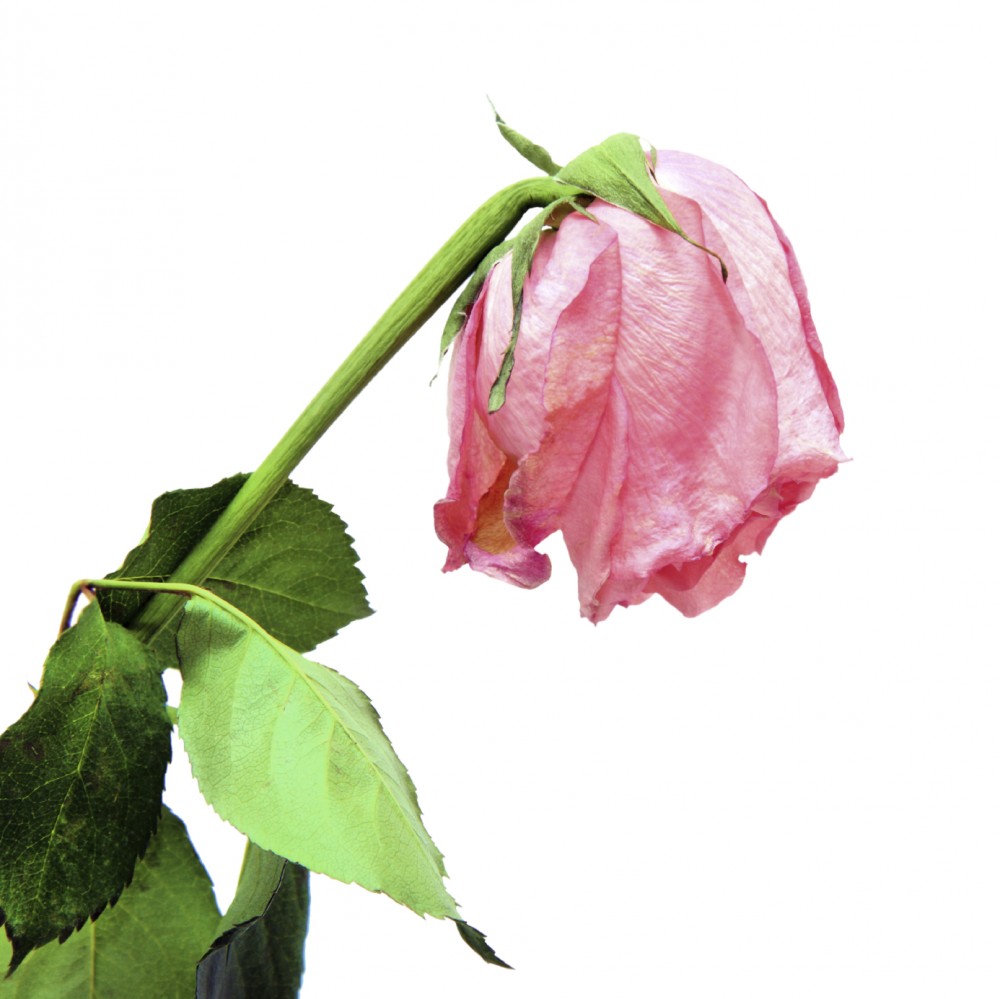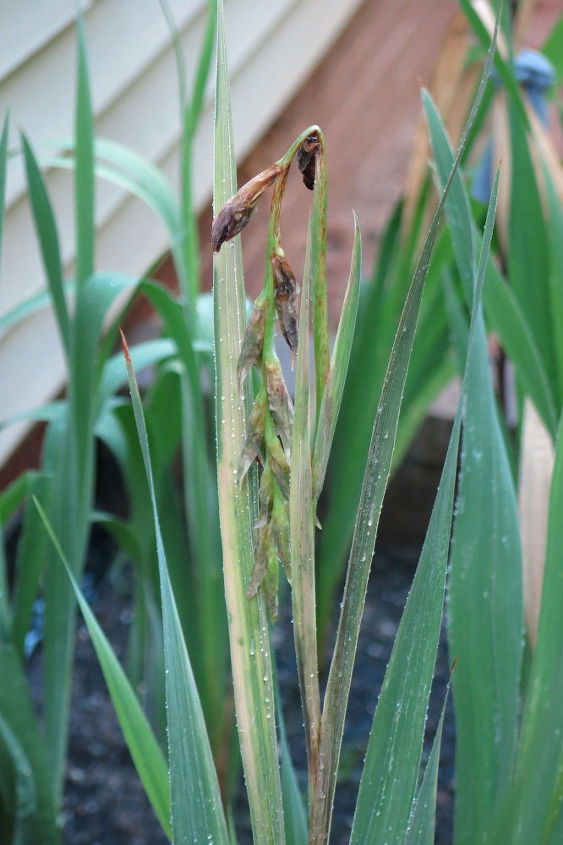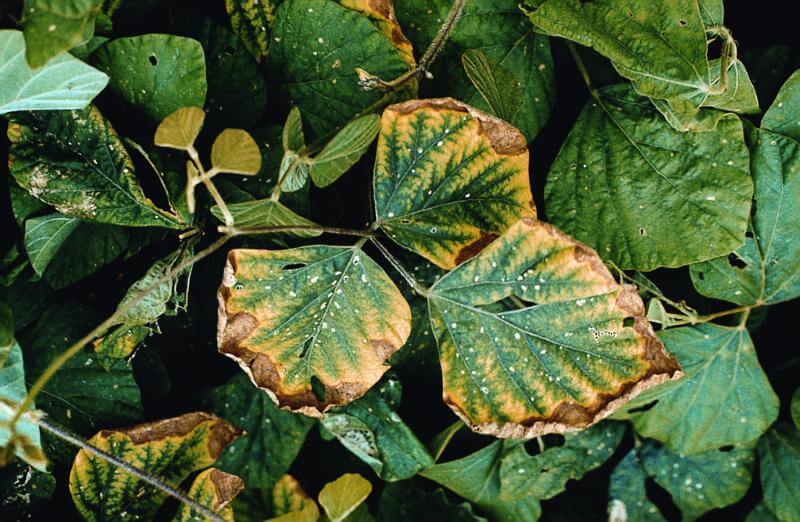Flowers Will Wilt If They Are Left Without Water. So that actually can be a real reason why they wilt. Water makes the cell fully turgid so the shape is maintained in addition to enzymatic activity and hense metabolism.

Because of the water tension within the xylem vessels (which are the vessels that go up and down a plant, carrying the water around), if you cut the stem, it sucks in a bubble of air into the xylem. If, by chance, your flowers wilt and you are stuck with a crazy high stress level, hydration is still key. Some diseases can also cause roots to rot.
Because of the water tension within the xylem vessels (which are the vessels that go up and down a plant, carrying the water around), if you cut the stem, it sucks in a bubble of air into the xylem. Interestingly, wilting also serves to reduce water loss, as the drooping leaves expose less surface area to the sun's evaporative rays. The kind of flower, location of the vase, and what's added to the water.
How long flowers last after being cut is referred to as their vase life. But by morning they will look perfect. This article is going to help you identify the correct cause of your houseplant wilting and.
While plants like succulents and cactus can survive longer, other tropical plants like monstera, pothos may suffer. The wilting process is caused by plants losing moisture through their leaves. So that actually can be a real reason why they wilt.
If we cut off the water supply water that reaches to each and every cell via xy. Most plants recover quickly when given water, though prolonged dehydration can be fatal or cause. Prepare the vase first by cleaning it thoroughly.
So that actually can be a real reason why they wilt. However, the watering needs may vary depending upon the weather and types of plants you have. Some flowers are more delicate than others, so be sure to treat all blossoms with care, but give extra attention to the fragile ones.
Cut in a cool environment: Try not to trim flowers on hot days or in hot rooms. However, the watering needs may vary depending upon the weather and types of plants you have. Wilted plants should only be watered if the soil is dry.
Another way to open up the stem and make sure water is getting absorbed is to use nice, lukewarm water in place of cold. This wilting is caused by the plant giving off more water than it can take up. Water makes the cell fully turgid so the shape is maintained in addition to enzymatic activity and hense metabolism.
This is only in dire circumstances that you can try this trick. If the petals appear limp or begin to wilt, it's a sign the flower needs water immediately if the bloom is to survive. Water is constantly moving in a plant from the soil, into the roots up through the stems and out to the leaves.
The roots of plants take up water and also oxygen to survive and thrive. Do this regularly until you see new growth. DO water plants at soil level.
Overwatering your plants, in simple terms, drowns your plant. Even when soil conditions are ideal, which includes adequate moisture, many plants will wilt or droop in the heat. You will need to re-cut the stems to remove the clogged portions of the stem and prevent the flowers from wilting and dying.
Make sure the plant's main stem and branches are not thin and spindly. So, without it, your plants will wilt or even dry and die. Make sure your plant is directly under the light.
This is a natural process called transpiration. So that actually can be a real reason why they wilt. DO water plants at soil level.
In vining plants, promote the growth of secondary roots. If the petals appear limp or begin to wilt, it's a sign the flower needs water immediately if the bloom is to survive. Warm water can be absorbed by the flower with greater ease than cold water, allowing the water and nutrients to travel up to the bloom as quickly as possible.
Use overhead sprinklers to both water the plants, and to cool the leaves. Water is constantly moving in a plant from the soil, into the roots up through the stems and out to the leaves. Prepare the vase first by cleaning it thoroughly.
Thyme (use older stems) Rosemary (use older stems) Russian Sage stems (Perovskia) Wild marjoram (Origanum vulgare) Learn stunning ways to use flowers out of water in this comprehensive floral design.
So, without it, your plants will wilt or even dry and die.
Consider winding a soaker hose between plants in a flower. If, by chance, your flowers wilt and you are stuck with a crazy high stress level, hydration is still key. In extremely hot, arid parts of the country, misters and shade covers are frequently used.







